Are you looking for a contractor?
Submit our quick form and get quotes now!
Table of Contents
6 min read
The Environmental Benefits of Eco-Friendly Paint
6 min read
The Environmental Benefits of Eco-Friendly Paint
PaintThe Environmental Benefits of Eco-Friendly Paint
At a time during which we’re progressively favouring eco-friendly products, the construction and renovation trades remain amongst the most pollution-generating industries. Despite well-meaning intentions and whether stemming from the product’s manufacturing process, usage, or disposal, several materials will have adverse effects on both the homeowners’ health and the planet.
Whether remodelling a kitchen, bathroom, basement, or hallway, all renovation projects seem to include paint at some point in time. No surprise here, standard paints are highly criticized for their composition and allergenic, toxic, or carcinogenic chemical additives. Luckily, there are new products retailed, and choosing paint can shift into an eco-conscious approach.
Have you settled for a green-minded strategy? Read on to make the right call.
How to Make Eco-Conscious Paint
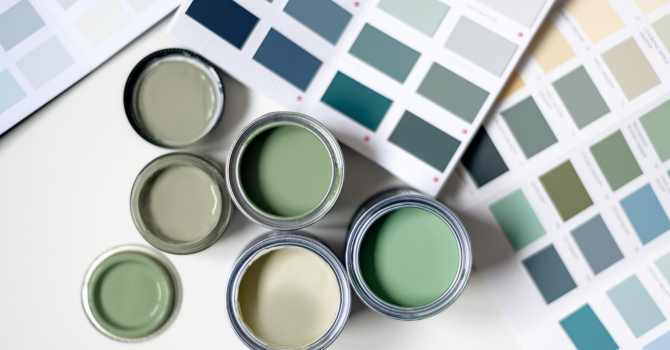
Source: Canva
Fundamentally speaking, paint is a relatively simple recipe. It’s a combination of pigments (colour), resins (binding agent), and solvent (water or oil), of which manufacturers will add a few extras, much like one would customize a cooking recipe, adding a bit of oomph with spices.
In recent years, the paint industry has tracked the green movement by developing less toxic, more human- and eco-friendly formulas. These can be grouped into three eco-friendly categories: zero- or low-VOC paint, recycled paint, and natural paint.
Ecological, eco-friendly, or green; ECOLOGO- or GREENGUARD-certified; water-based, latex, acrylic, or natural eco-friendly paint… While the majority of manufacturers retail eco-friendly alternatives, one must still be able to differentiate them beyond the symbols stamped on the labels, which can be deceiving.
The truth of the matter is, that several brands proudly call themselves “eco-conscious,” when, in fact, they simply are not.
The Fundamentals of Eco-Friendly Paint
Eco-friendly boasts no toxic emissions, nor will it irritate the throat or eyes, and is safe for all to use. Furthermore, quality eco-friendly paint is easy to apply, is moisture-resistant, and will last longer than you’d first imagined…and, naturally, this type of paint is environmentally responsible.
Measure the amount needed to prevent buying in excess.
Opt for a quality product with excellent coverage to use less paint.
Select quality paintbrushes and rollers, tools that are easily cleaned and conducive to effective use.
Use a scraper to recoup as much paint as possible from between the paintbrush bristles before cleaning.
When the project spans several days, wrap your paintbrushes and rollers in a sealed bag and place them in the refrigerator or freezer to avoid having to wash them after every use.
Bring your leftover paint to the nearest Éco-Peinture drop-off point (or your local paint disposal drop-off site) so that it can be transformed into 100% eco-friendly recycled paint.
What is the most eco-friendly paint?
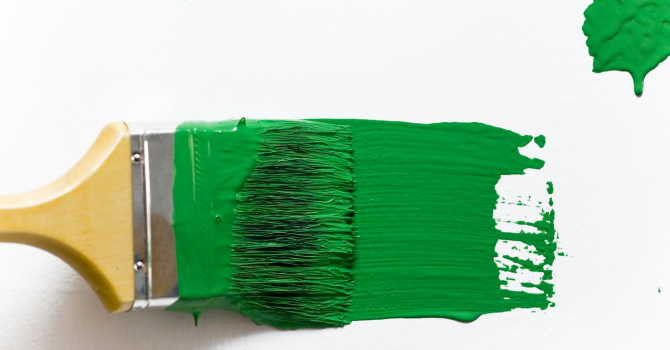
Source: Canva
An eco-friendly paint shouldn’t contain any heavy metals, hazardous substances, or carcinogenic agents. It shouldn’t emit any volatile organic compounds (VOCs) into the atmosphere. Based on this train of thought, recycled paint may be the best option out there.
Recycled paint is cheaper than the majority of retailed paints. It’s easy to find, and it happens to be sold in hardware and department stores alongside sought-after products. This type of eco-friendly paint is retailed by Quebec-based paint manufacturer Laurentide Paint as well as under the paint brand Boomerang.
Boomerang Paint Characteristics
Boomerang paint is manufactured with leftover, reclaimed paint, and doesn’t require as much energy as new products while generating four times less greenhouse gas emissions. The paint’s processing and reprocessing eliminates, amongst others, VOCs. Better yet, the metal paint cans are recycled and later transformed into bikes, tools, or standpipes, while plastic paint containers are turned into park benches and picnic tables.
Courtesy of the Éco-Peinture program, roughly 7 million kilos of paint are currently rerouted from landfills, meaning 120 million kilos since the program’s launch in 2001.
OUR TIP: Given that the colour range is rather limited, go ahead and get yourself a white base and add the desired pigments—preferably zero-VOC.
Is water-based paint eco-friendly?
Water-based paint, which is also known as latex paint, is greener than oil-based paint, contains fewer hazardous substances, and is also available with zero VOCs. However, listed amongst its ingredients are certain pollutants, such as phthalates, Teflon, or glycol. Its manufacturing process also requires a lot of grey energy and generates toxic emissions. Lastly, it’s not biodegradable.
On the flip side, water-based paint remains a considerable option. It’s retailed in an endless amount of shades, with a decent variety of finishes, remaining the least health- and environmentally-hazardous option compared to an oil-based product. Hence, VOC-free and water-based products are preferred.
How to Find Zero-VOC Paint

Source: Canva
According to Environment Canada, VOCs derived from industrial processes, ethanol, propane, and acetone, are said to be the most hazardous.
In humans, VOC exposure can lead to several different discomforts and health-related problems, such as headaches, dizzy spells, and fatigue. Environment-wise, it’s devastating, especially since VOCs contribute to the ozone production and global warming.
In paint, the ingredients generating VOCs are often used to enhance fluidity and adhesion, thus rendering it easier to apply. The paint dries faster since the evaporation process is quicker. It’s so quick that the majority of the VOCs are released in the air in the days following the application.
VOCs are also found in the pigments incorporated into the base. As such, once pigmented, a low- or zero-VOC-certified base is likely to contain a higher concentration (there’s no way of knowing).
Note that a light colour will typically have a lower VOC concentration compared to a darker shade.
Can you trust the “zero-VOC” label claim?
The “zero-VOC” claim seen on paint cans doesn’t guarantee a genuine eco-friendly product. The reality of the matter is that zero-VOC paints are a rare commodity.
Since Environment Canada doesn’t standardize “zero-VOC” or “VOC-free” labelling, manufacturers can play around with word accuracy…as well as numbers. Therefore, it’s not unheard of that the actual amount of VOC only figures in minuscule print on the label, while the list of ingredients is often left incomplete.
Eco-Friendly Logos
An eco-friendly logo on the packaging also doesn’t guarantee a VOC-free paint. Here’s the lowdown regarding the information provided by these logos:
The GREENGUARD-certified logo: While it may be subtle (the certification isn’t featured on all paint cans), it is the most reliable indication regarding VOCs since said certification is based on ambient air quality.
The Green Seal logo: It’s a certification seal awarded by a non-profit, independent organization with a mission to protect the environment. Paint cans featuring this logo meet all criteria regarding the basic materials used, the product’s efficiency, and the VOC concentration.
ECOLOGO logo: This certification doesn’t factor in VOCs, but other criteria are likely to be health- and environmentally-hazardous.
GreenSure and Promesse verte: These are generic certifications awarded by manufacturers toward their products instead of by an independent institution.
Is natural paint the right way to go?
Natural paints can be an excellent eco-friendly interior paint option. In fact, in Quebec, there’s a wide range of products featuring ingredients such as lime, clay, casein, silicate, linseed or sunflower oil, egg yolk, beeswax, and lavender, which are diluted with water or citrus or pine essential oils.
While natural paints are a bit more pricey, some do offer great coverage, and smooth and even textures, comparable to that of standard paints. And, as a bonus, some are even entirely manufactured locally. However, to make the greenest of all choices, find out about the VOC concentration.
Are you looking to get the paint job done yourself? Several different websites provide natural paint formulas for an at-home, DIY process. Ingredients can be purchased in specialized hardware stores or craft stores.
Get 3 quotes for your painting project
RenoQuotes.com can help you get quotes for your painting project. By submitting your project, we’ll put you in contact with top-rated contractors. Fill in the form on the homepage (it only takes a few minutes) and get estimates from trusted professionals.
Dial 1-844 828-1588 to speak with one of our customer service representatives.
Last modified 2024-04-18
Looking for something else?
Related articles
The latest industry news, interviews, technologies, and resources.
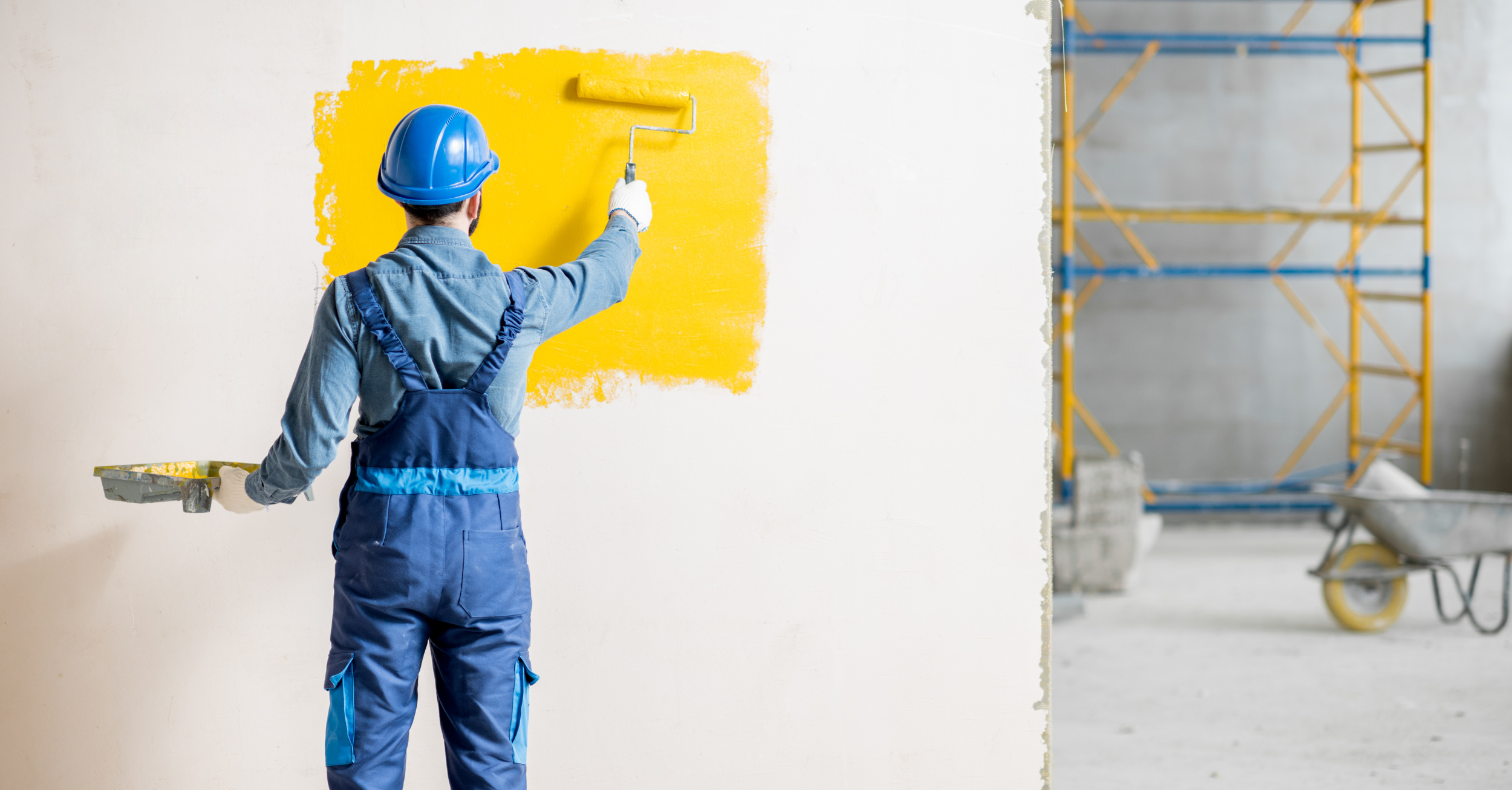
Léa Plourde-Archer • 11 Apr 2024
Generally speaking, the interior or exterior painting of surfaces in a residential home will need to be renewed every 4 to 5 years, depending on the humidity level, the penetration of sun rays (which discolour surfaces) and the general layout of your home. Painting is one of the best ways to keep your home looking nice and modern.
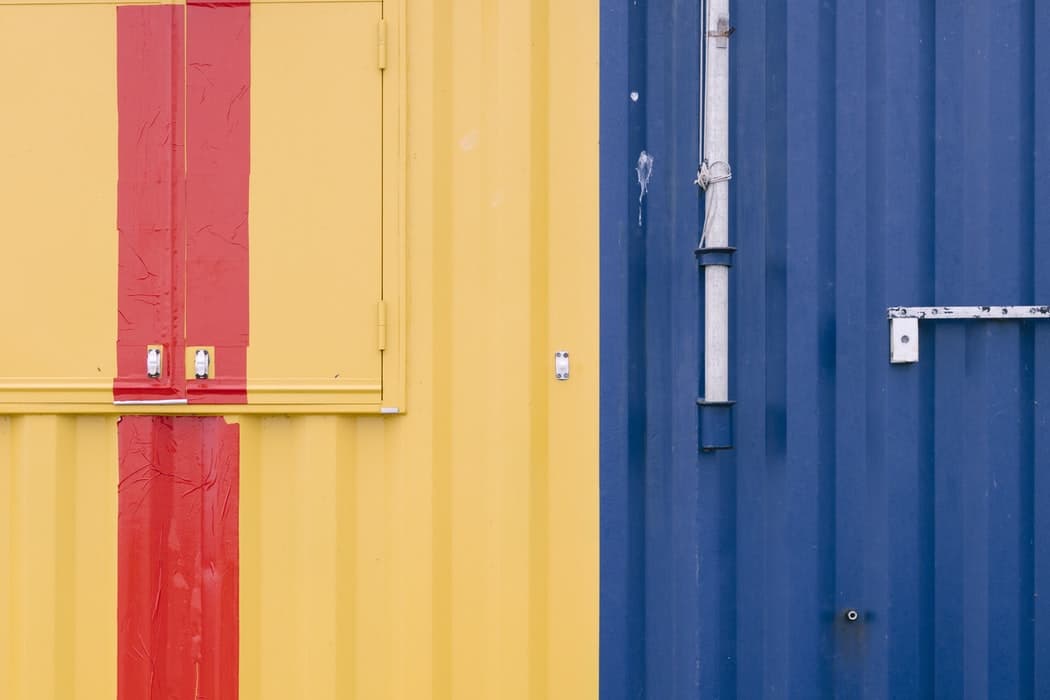
Christime Simard • 07 Nov 2023
The rusty look has never been on trend and unfortunately for us, it is inevitable when we have exterior metal structures that are exposed to the elements. If you are a person who enjoys doing small renovations on your own, it's good to know that metal, especially rusty metal, requires specific maintenance if you want to achieve a professional end result.

N/A • 07 Nov 2023
In the middle of winter or even the early days of spring, who doesn't enjoy a long, hot shower to warm up before heading out the door? Even though a hot shower feels great, unfortunately, your bathroom doesn't share the sentiment.

Léa Plourde-Archer • 07 Nov 2023
Applying drywall joint compound is an art that requires patience and meticulousness. Contrary to other types of renovation projects, this task is accessible to anyone. However, in order to ensure good results, it is important to follow certain guidelines.
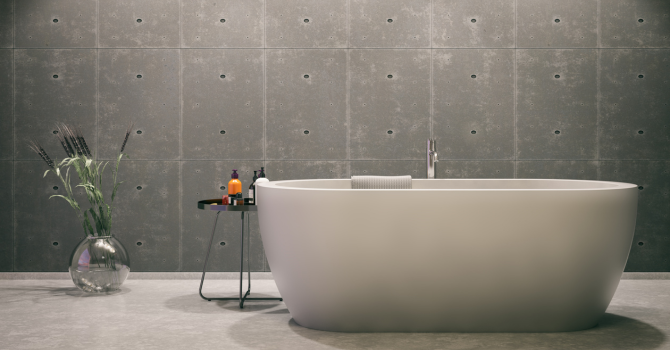
Amanda Harvey • 07 Nov 2023
Does your porcelain bathtub bear the marks of time? Showing its wear through every nick, scratch and stain from years of bathing. Does it need a quick update from it's 1970's bright green or heart-shaped, baby pink facade?